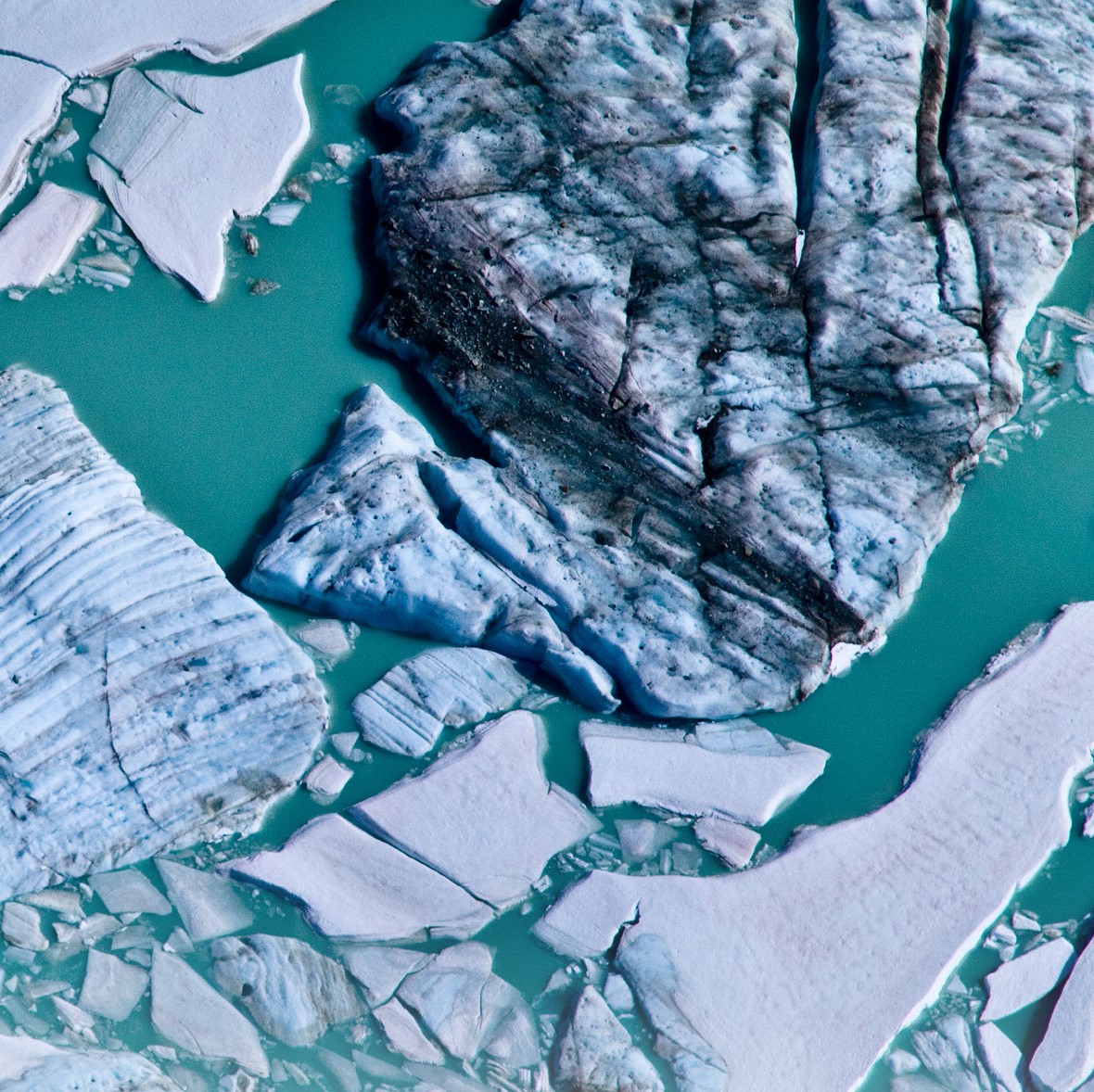MH
Member Since 2018
Ming Hao
Postdoctoral fellow , Carnegie Institution of Washington
Professional Experience
Carnegie Institution of Washington
Postdoctoral fellow
2022 - Present
Carnegie Institution for Science
postdoc fellow
2022 - 2022
University of New Mexico Main Campus
student
2017 - 2022
Show All Professional Experience
Show Less Professional Experience
Education
University of New Mexico Department of Earth and Planetary Sciences
Doctorate
2022
Peking University
Bachelors
2017
Honors & Awards
Mineral and Rock Physics Graduate Research Award
Received December 2022
Citation
Ming Hao received the 2022 Mineral and Rock Physics Graduate Research Award for his outstanding work investigating the seismic visibility of eclogite in Earth’s upper mantle based on the experimentally determined pressure-/temperature-dependent single-crystal elasticity of omphacite and jadeite.
Ming’s work on the high-pressure/-temperature elasticity of omphacite provides the most important thermal elastic parameters that are in critical need for locating eclogite in Earth’s upper mantle through seismic observations. The subducted basalt, or eclogite, is among the most important compositional heterogeneities in Earth’s deep interior. He found that an undeformed eclogite transformed from mid-ocean ridge basalt is seismically invisible between 200- and 300-kilometer depth, and a deformed 10-kilometer-thick oceanic crust can result in a delay time of approximately 0.2 second, which is not ignorable in the seismic shear-wave-splitting observations. Moreover, Ming also conducted the first high-pressure/-temperature single-crystal elasticity measurements on jadeite. He found that the shear modulus, thus Vs of jadeite, has extremely small, if not negligible, temperature dependence. Jadeite is extremely fast, even faster than pyrope, which is the magnesium (Mg) end-member of garnet, under upper mantle pressure-temperature conditions. As a result, the continentally originated sediments/crust, if subducted or delaminated into the deep Earth, would be significantly faster than the ambient mantle due to the abundance of jadeite in them. These discoveries are important for not only the mineral physics field but also the broader geophysics and geochemistry community, in terms of studying various geochemical heterogeneities in Earth’s interior.
Since the completion of his Ph.D. at the University of New Mexico, Ming has become a postdoctoral fellow at the Earth and Planets Laboratory, Carnegie Institution for Science. He is now using a multianvil press to conduct sound velocity and electric resistivity measurements simultaneously on mantle materials at high-pressure/temperature conditions.
—Jin Zhang, Texas A&M University, College Station
Response
I am honored and humbled to receive the 2022 Mineral and Rock Physics (MRP) Graduate Research Award. I am lucky that I had the chance to work with excellent people during my Ph.D. study at the University of New Mexico.
I would first give my thanks to Dr. Jin Zhang, my adviser, for all the guidance and encouragement in the past 5 years. I would like to express my sincere gratitude to Jin for her patient instruction and help to clarify various confusions that I encountered during my Ph.D.
I also would like to thank all the wonderful scientists who have helped me in the past few years. Dr. Brandon Schmandt is my go-to person for seismology. Dr. Przemek Dera, Dr. Dongzhou Zhang, and Dr. Rostislav Hrubiak have provided enormous amounts of help with the X-ray diffraction experiments and X-ray falling sphere viscometry experiments (in particular, during the pandemic!). I am also thankful for all the stimulating discussions with Dr. Bin Chen, Dr. Adrian Brearley, Dr. Joshua Townsend, Dr. Peter Olson, and Dr. Qin Wang. I am also fortunate to conduct my Ph.D. research and collaborate with so many capable, kind, and helpful student/postdoc scientists such as Wen-Yi Zhou and Dr. Mingqiang Hou in Jin’s research group.
Finally, thanks to the AGU Mineral and Rock Physics section for this award, and it means a lot to me. Thank you for your efforts to support graduate research.
—Ming Hao, Earth and Planets Laboratory, Carnegie Institution for Science, Washington, D.C.
See Details
Close Details
Publications

Electrical Conductivity and Sound Velocities of Talc Under High Pressure and High Temperature Condit...
Talc is expected to be an important water carrier in Earth's upper mantle, and understanding its electrical and seismic properties under high press...
November 19, 2024

High P‐T Sound Velocities of Amphiboles: Implications for Lo...
February 28, 2024
AGU Abstracts
The Onset of Carbonate Melt Formation and Connectivity in the Earth’s Upper Mantle
PLANETARY HABITABILITY AND THE ROLE OF FLUIDS, MELTS, AND VOLATILES IN THE EVOLUTION OF TERRESTRIAL AND EXTRATERRESTRIAL PLANETARY SYSTEMS IV POSTER
volcanology, geochemistry and petrology | 12 december 2024
Emmanuel Codillo, Anne Pommier, Ming Hao, Michael ...
The presence and distribution of low-degree carbonate melts in the mantle can influence its geochemical and geophysical characteristics. These melts a...
View Abstract
Experimental Investigation of the Stability of Talc in Subduction Zones using Electrical Measurements Under Pressure and Temperature
STATE OF THE ARC: QUESTIONS ABOUT AND PROGRESS ON THE SUBDUCTION ZONE FACTORY I POSTER
study of earth's deep interior | 10 december 2024
Emmanuel Codillo, Ming Hao, Kamirah Billups, Micha...
The thermal structure of subduction zones is fundamental to our understanding of mass transfer and chemical interactions that characterize slab seismi...
View Abstract
Revisiting saturation gradient chemical diffusion: a thermodynamically-consistent numerical and experimental approach
EXPLORING PLANETARY MATERIALS THROUGH COMPUTATIONAL SIMULATIONS AND DATA ANALYTICS II ORAL
mineral and rock physics | 10 december 2024
Cian R. Wilson, Ming Hao, Anne Pommier, Emma Bullo...
The integration of laboratory experiments, transport models, and thermodynamics is a powerful method for inferring the physical and chemical propertie...
View Abstract
Check out all of Ming Hao’s AGU Research!
View All Research Now


